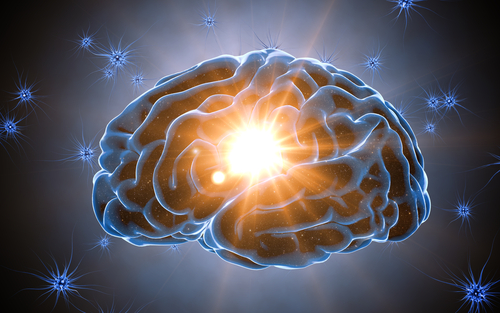Dance-movement Therapy May Help Parkinson’s, Other Motor Diseases, Study Finds
Written by |

New methods to measure brain activity in dancers can be applied to develop new forms of treatment, such as dance-movement therapy, for movement-related disorders including Parkinson’s disease, according to a Finnish PhD candidate.
Her research project, “Dance on Cortex – ERPs and Phase Synchrony in Dancers and Musicians during a Contemporary Dance Piece,” is part of Hanna Poikonen’s doctoral thesis at the University of Helsinki, Finland.
Scientists have studied how music impacts the brain for many years, finding it activates specific areas of the brain such as the cortex — an area that plays a key role in memory, attention, perception, cognition, awareness, thought, language, and consciousness.
But how dance and dance-movement specifically impacts the brain has not been studied in depth.
Poikonen, a Master of Science at the Cognitive Brain Research Unit at the University of Helsinki, measured and compared the brain function of three different groups of people — professional dancers, musicians, and people without any experience in music or dance (the control group) — as they watched a recording of a contemporary dance piece.
She developed two new methods based on electroencephalogram (EEG), a technique that records the electrical signals of the brain using small sensors attached to the scalp: one to study the influence of fast changes of musical features in the brain over a short time period and the other to investigate brain dynamics of dance-movement and music over a longer time period.
The results revealed that the brains of professional dancers reacted faster to changes in music compared to musicians and the control group.
The Parkinson’s Disease News Today forums are a place to connect with other patients, share tips and talk about the latest research. Join today!
Dancers’ brain activity was also different during sudden changes in long-term listening to music and the audio-visual dance performance, compared to musicians and controls.
“The dancers’ brains reacted more quickly to changes in the music. The change was apparent in the brain as a reflex before the dancer is even aware of it at a conscious level,” Poikonen said in a University of Helsinki news story written by Elisa Lautala.
Dancers’ brains displayed frequencies — electrical activity emanated from the brain in the form of brainwaves — linked to emotion and memory processes.
“I also found that dancers displayed stronger synchronization at the low theta frequency,” Poikonen said. “Theta synchronization is linked to emotion and memory processes which are central to all interpersonal interaction and self-understanding.”
These results correlate with previous findings, adding new evidence that specific parts of professional dancers’ brains develop in a unique way.
“Together this array of methods could be applied in estimating the efficiency and developing further expressive therapies, such as dance-movement therapy, and in alleviating symptoms as a part of holistic treatment plan for conditions such as Parkinson’s disease, dementia, autism, and pain and mood disorders,” she wrote in her thesis.





